A Day in Vigo - Where the Atlantic Meets Art and History

Hello friends. I’m happy to share my brand-new and exciting journey through Galicia with you. I’ve been to this region twice before and visited its most famous cities like La Coruña and Santiago de Compostela. I found it so captivating, especially the landscapes I encountered along the way were just stunning. I passed through many places but didn’t have the chance to explore them in depth. That’s why this time, I decided to take a more detailed tour of Galicia. On the first day of my intense three-day trip through this region in the northwest of Spain, I visited the city of Vigo.
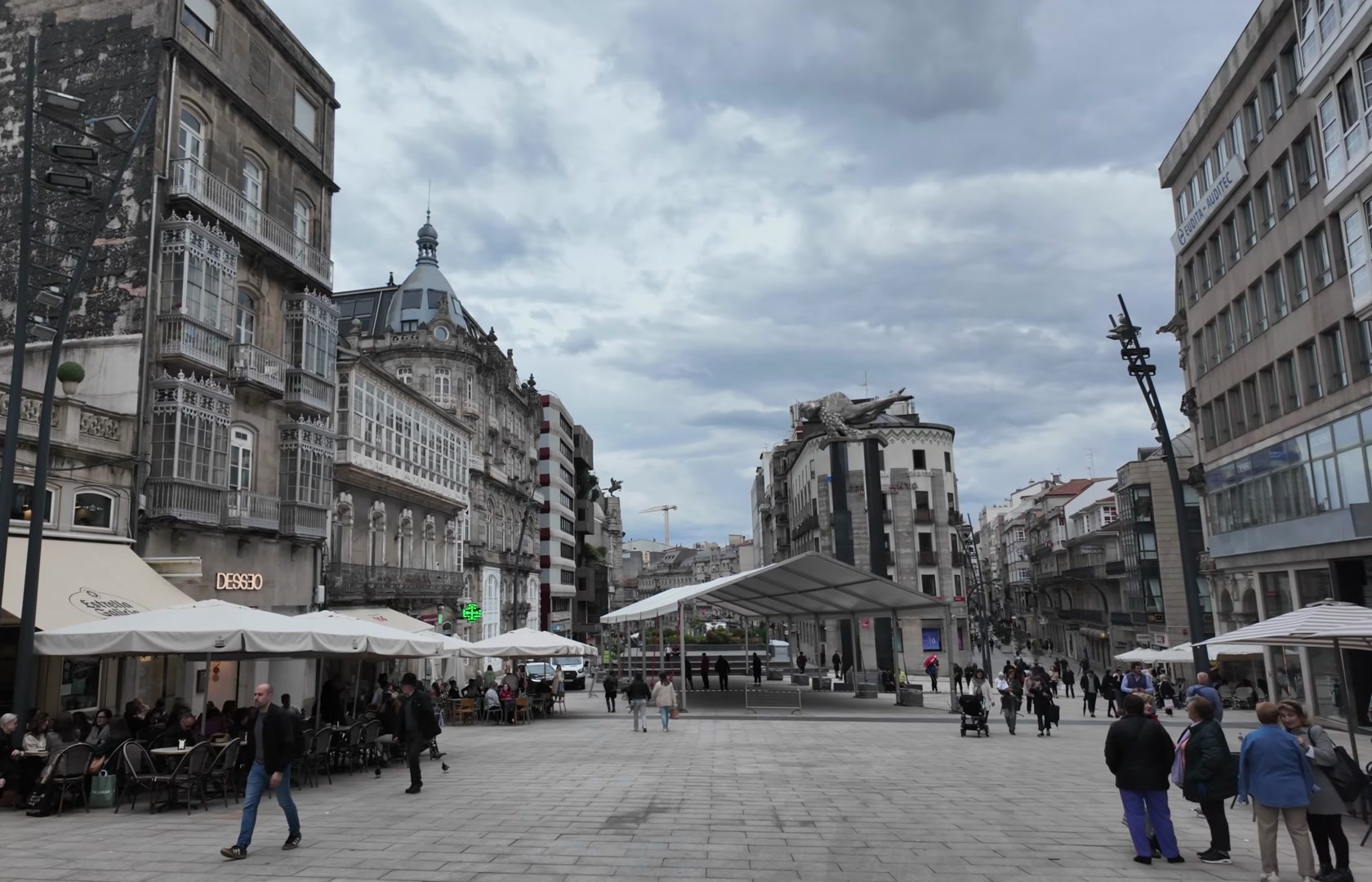
Vigo is located on a bay of the same name, which is part of the Atlantic Ocean. The nature here is harsh but incredibly beautiful. Vigo is the largest city in Galicia, with a population of around 300.000. It’s an important port city with a long history. Even during Roman times, there were settlements here. Unfortunately, not much remains from that period. But in 1529 Charles V opened the port for trade with the Americas. Spanish ships loaded with gold would arrive here. Later, British and Dutch fleets sank those ships. This was part of the War of the Spanish Succession.




I started exploring the city from Plaza Puerta del Sol. Despite its name (Gate of the Sun), there’s no actual gate. Perhaps the two black granite pillars symbolize it. At the top of the columns stands the city’s emblem: El Sireno, a highly expressive statue in Picasso’s style.



The old town center looks quite charming. From there we walked over to Príncipe, the main pedestrian street and strolled for a bit.








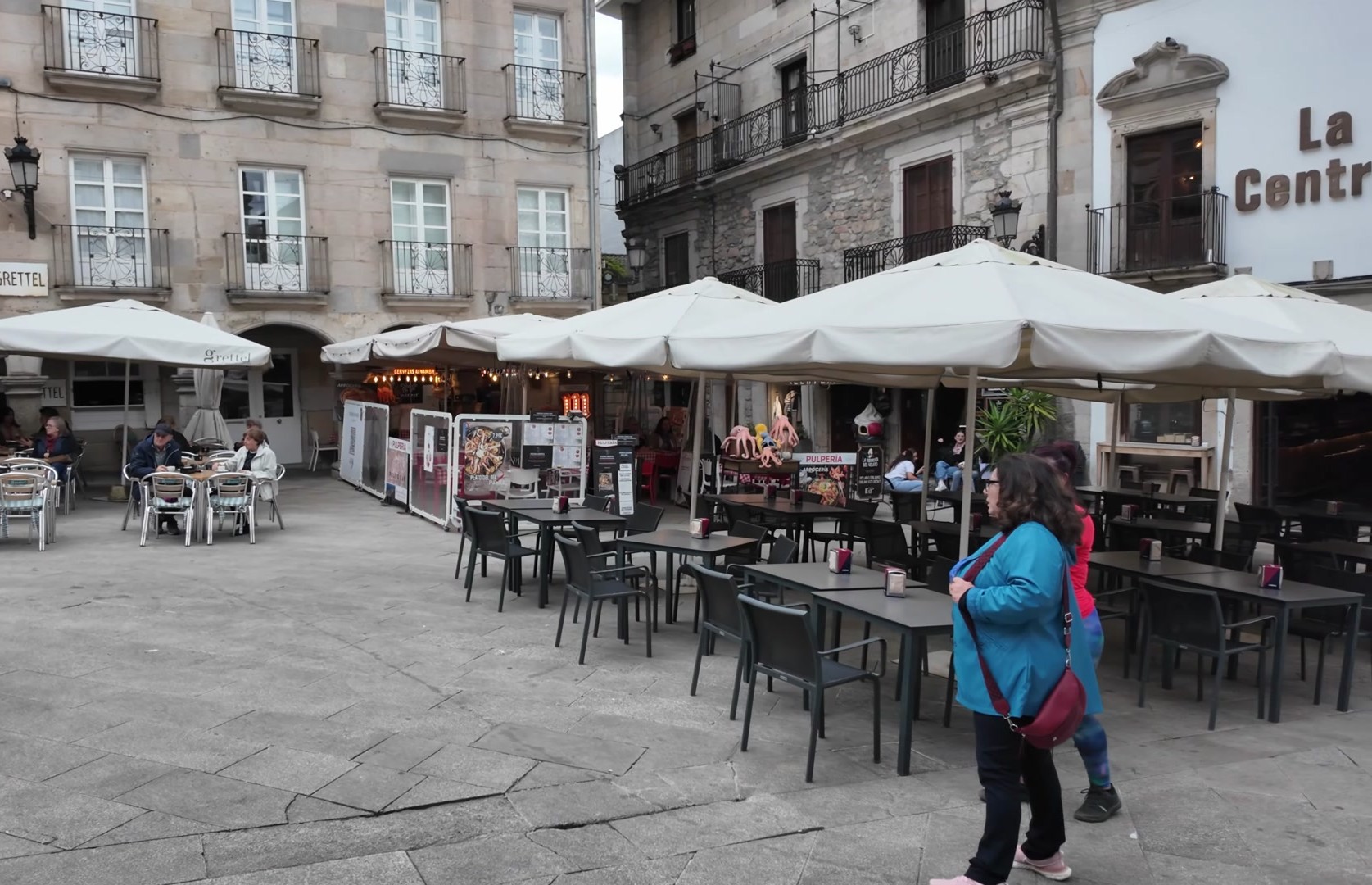


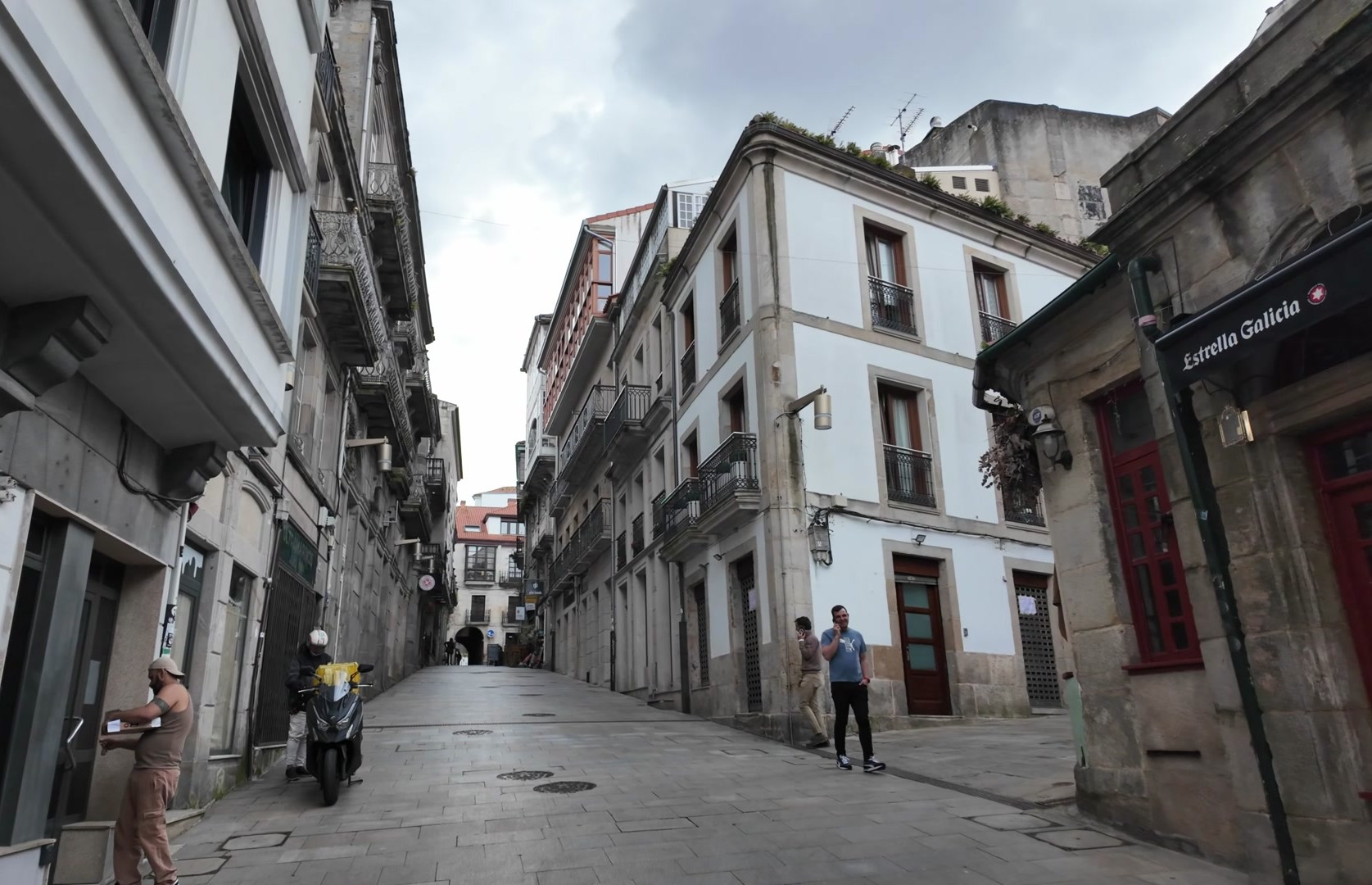
Just a four minute walk from the square is MARCO, the Museum of Contemporary Art. The building doesn’t look modern from the outside, but the interior is quite contemporary. It was originally a prison, later transformed into a museum. The old cells are now exhibition rooms. Upstairs, there’s a library and in other areas, there are usually exhibitions by Galician artists.
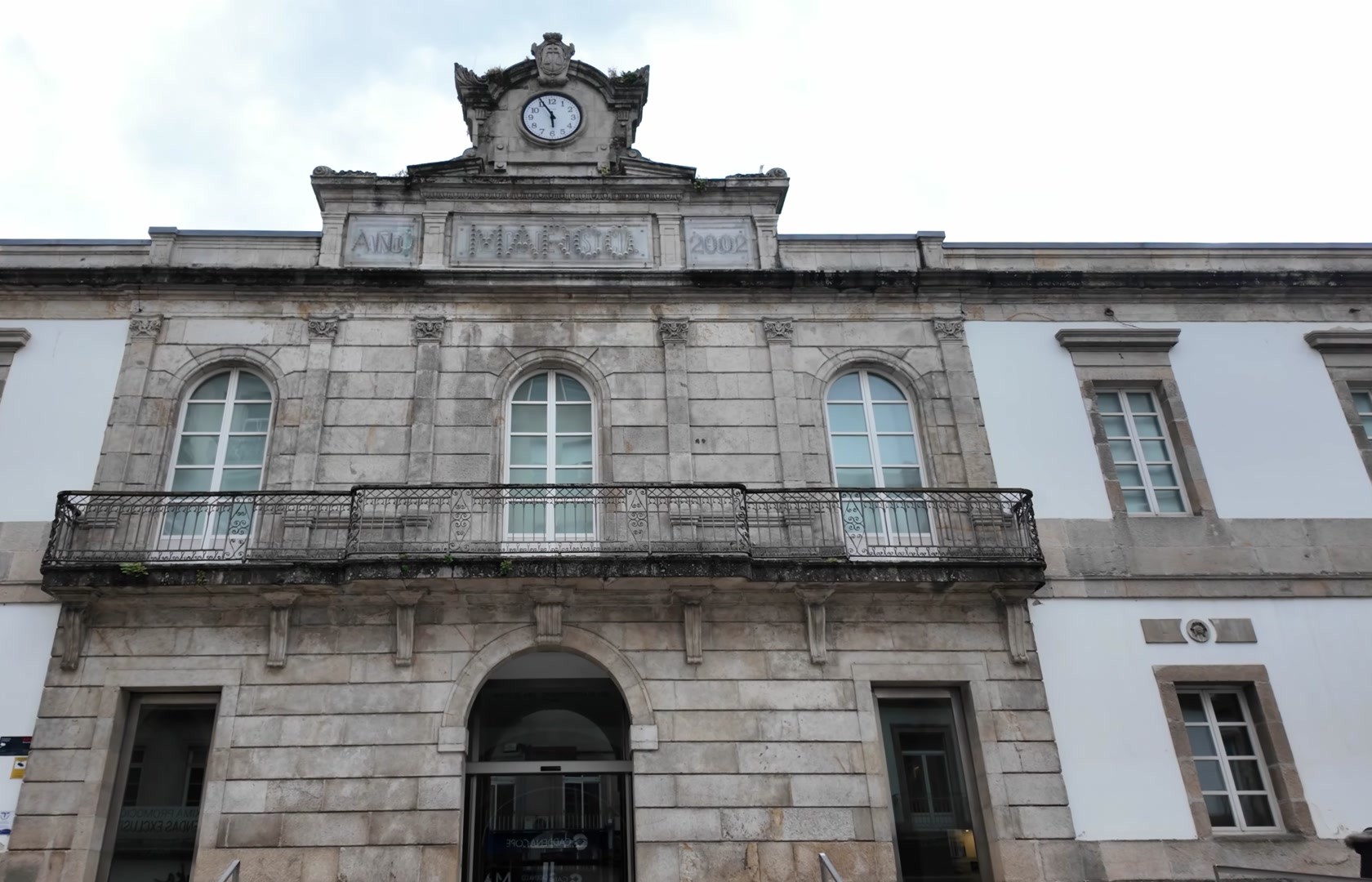

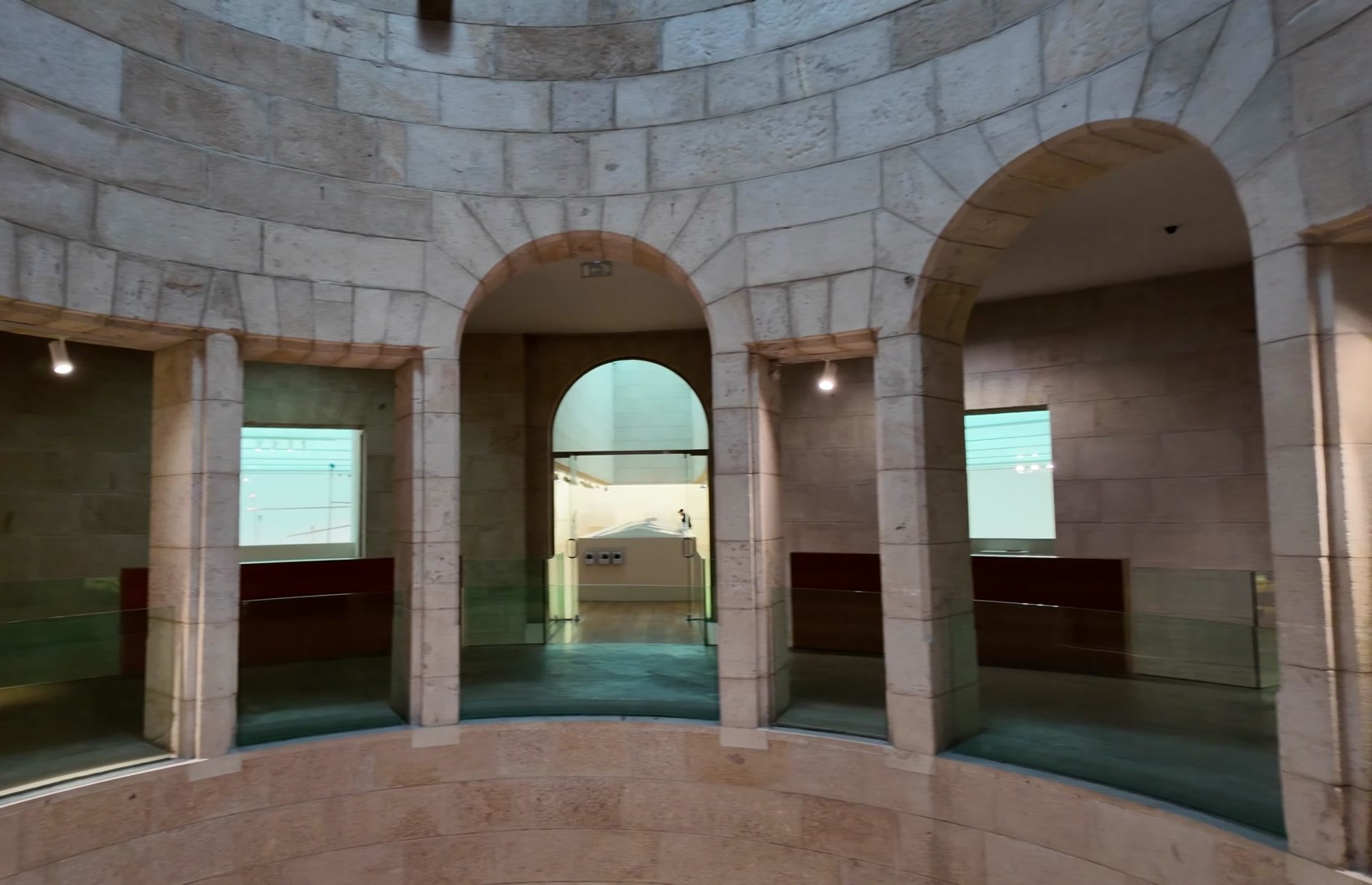
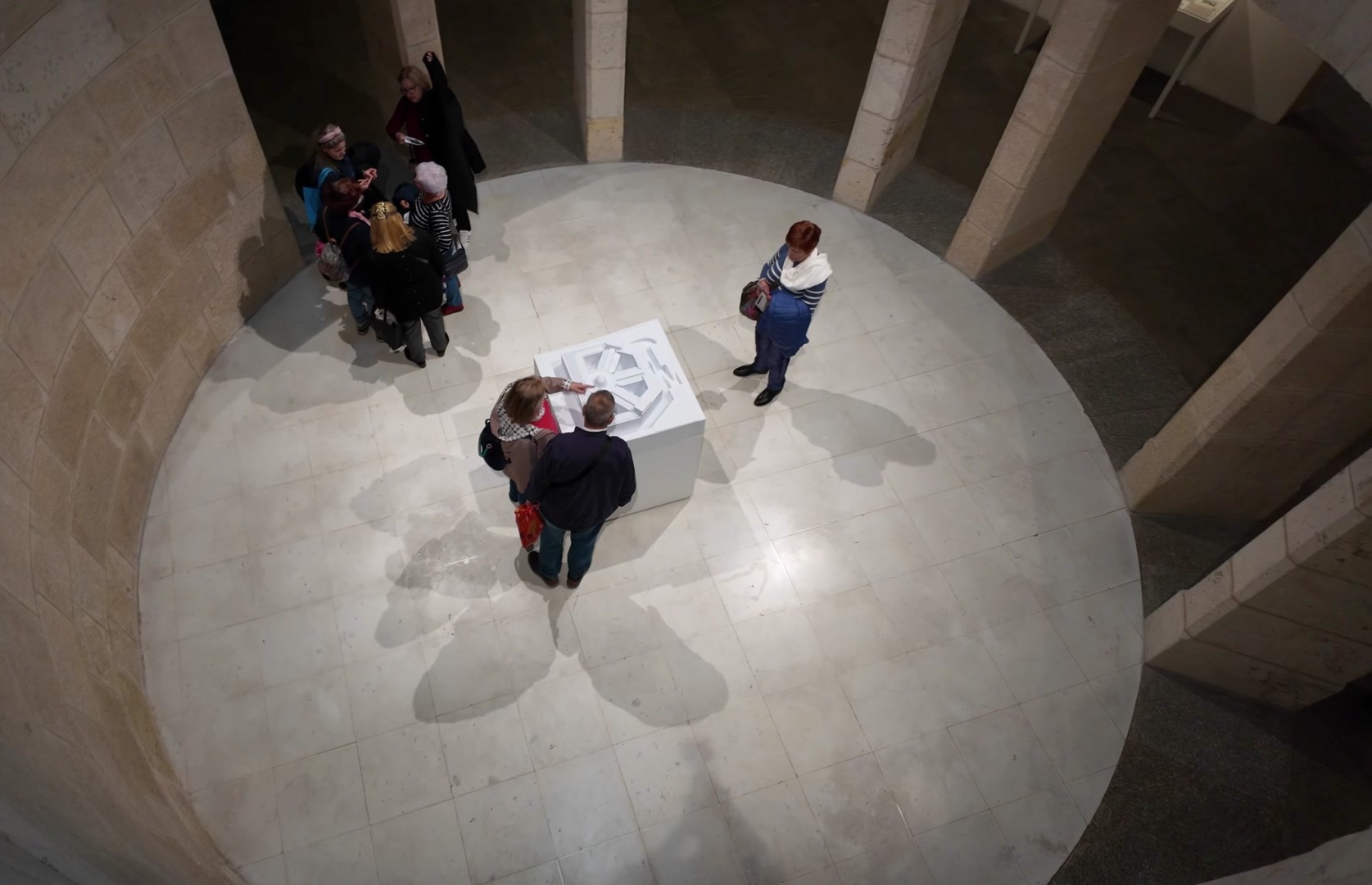


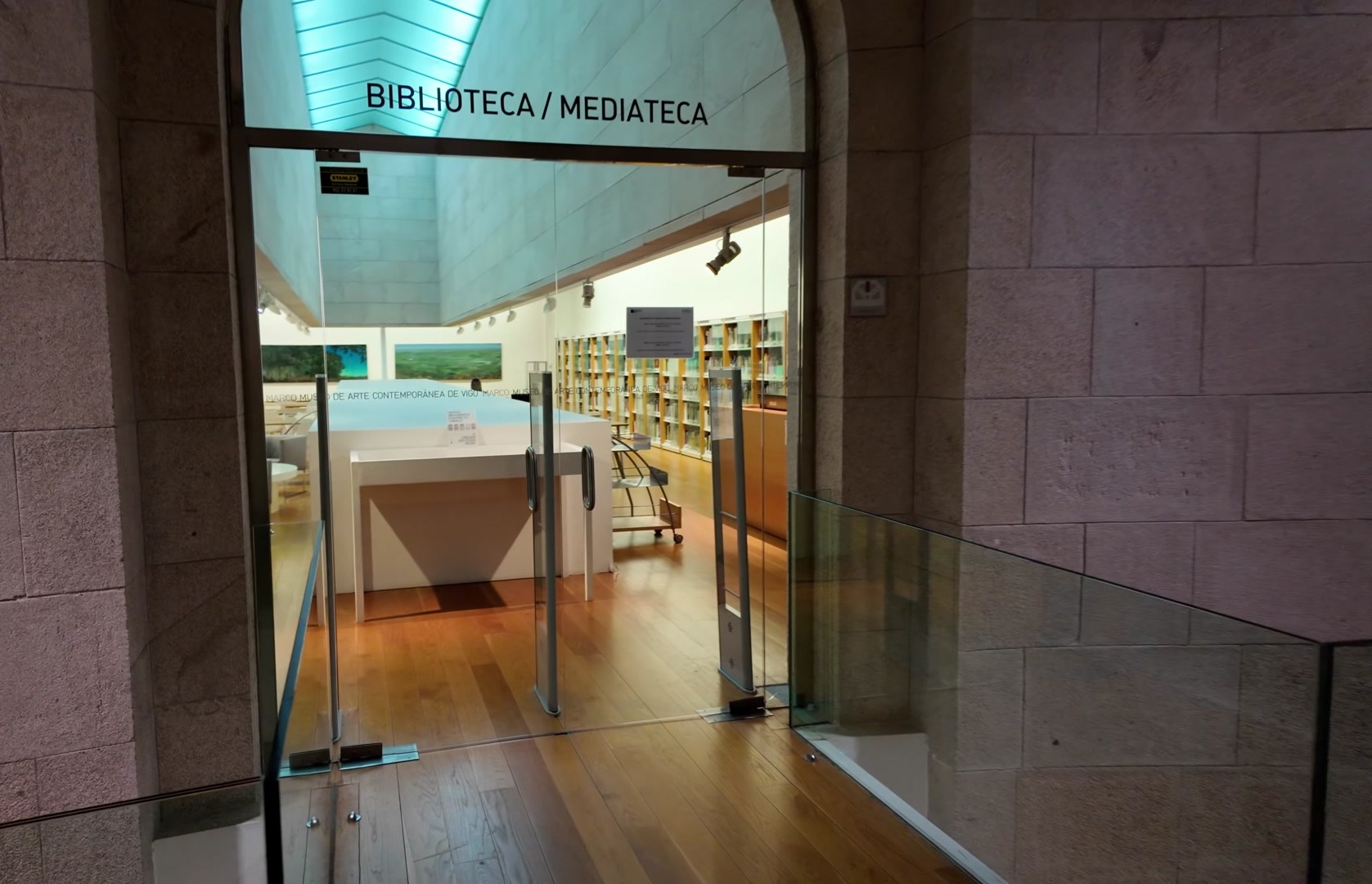
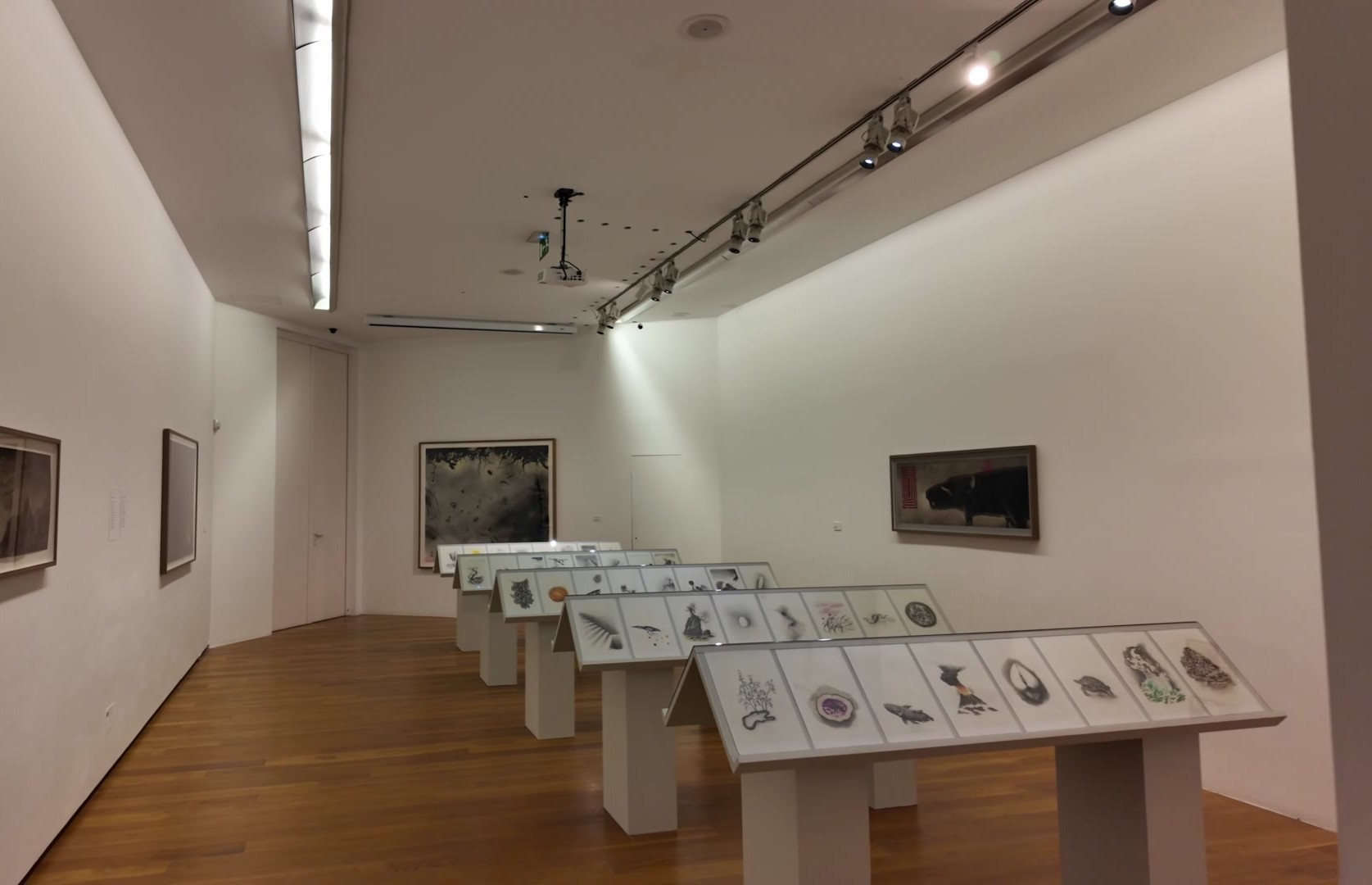
One of the exhibitions that caught my eye was by Alfonso Golván. Born in Madrid, this artist is interested in Chinese culture and African motifs. His works were decorative, ethnic and emotionally striking.







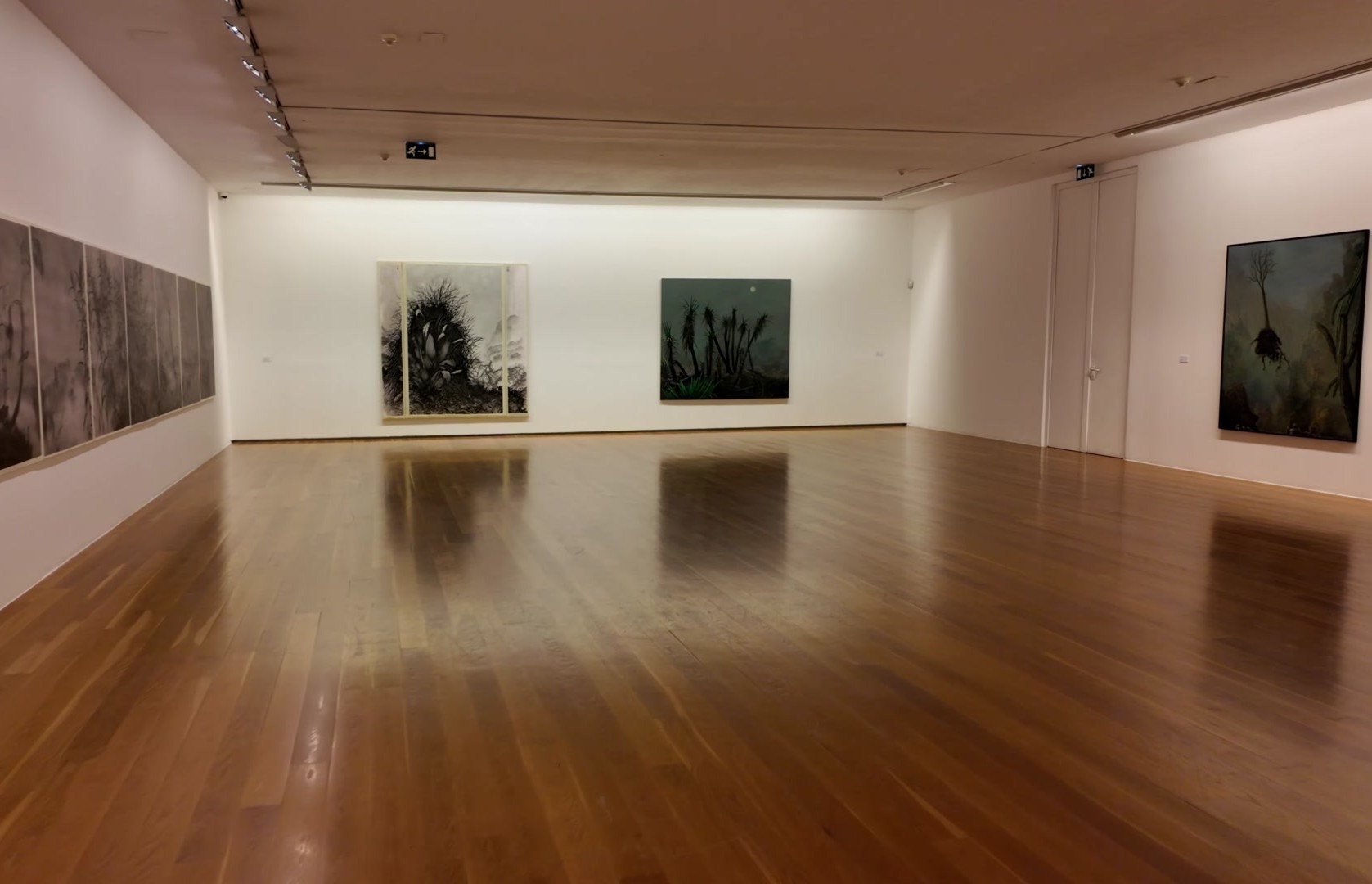
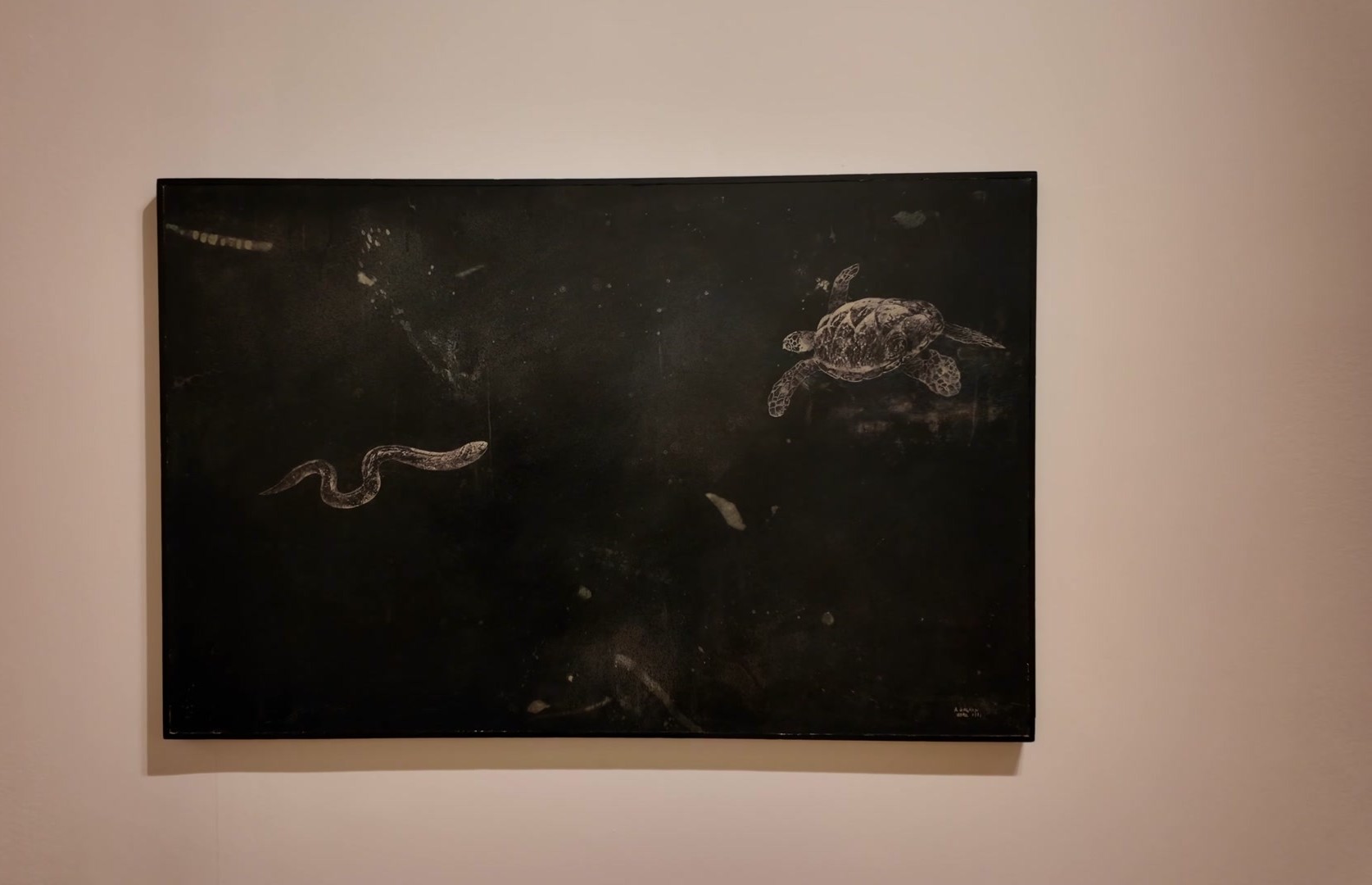
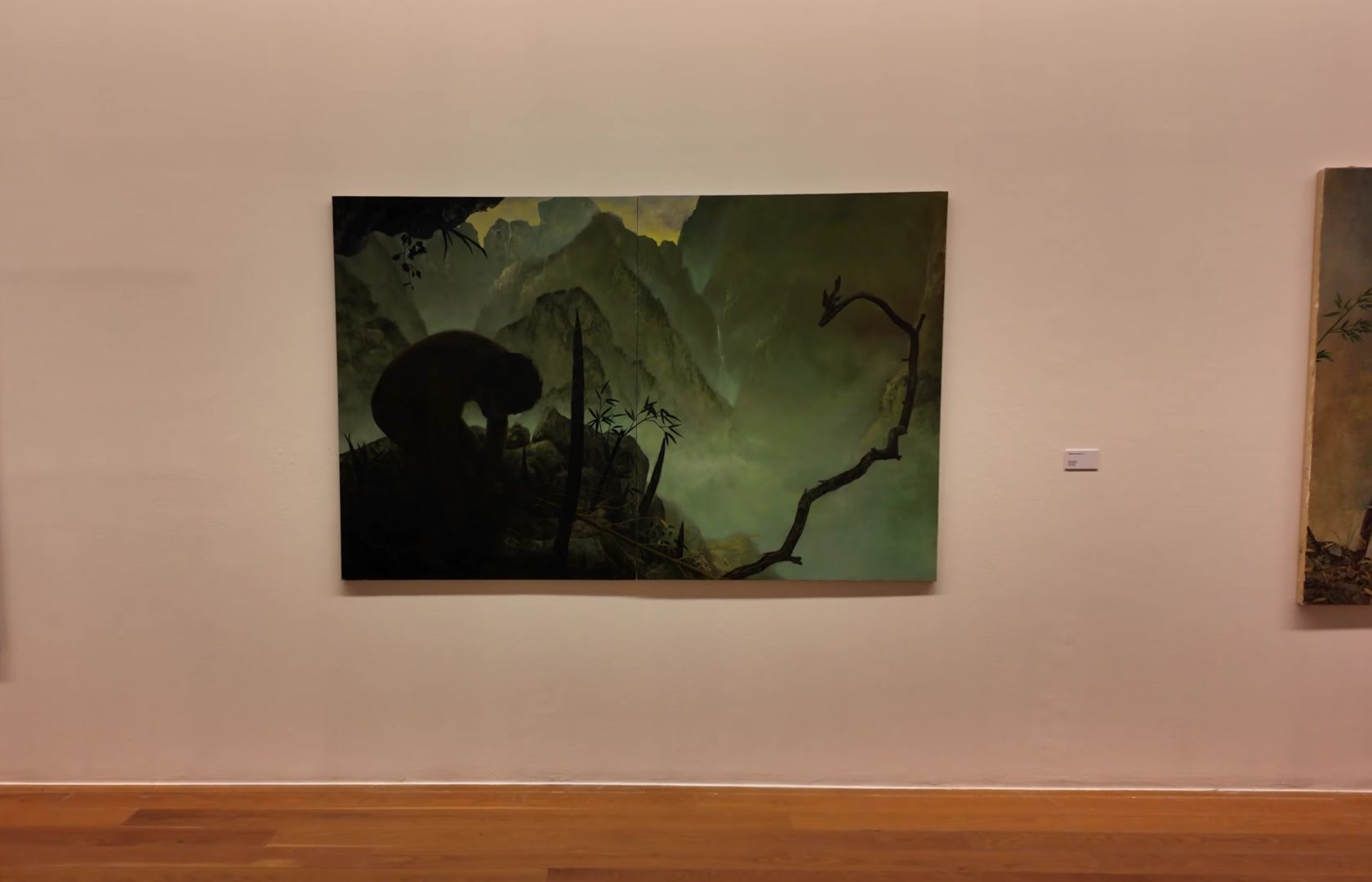
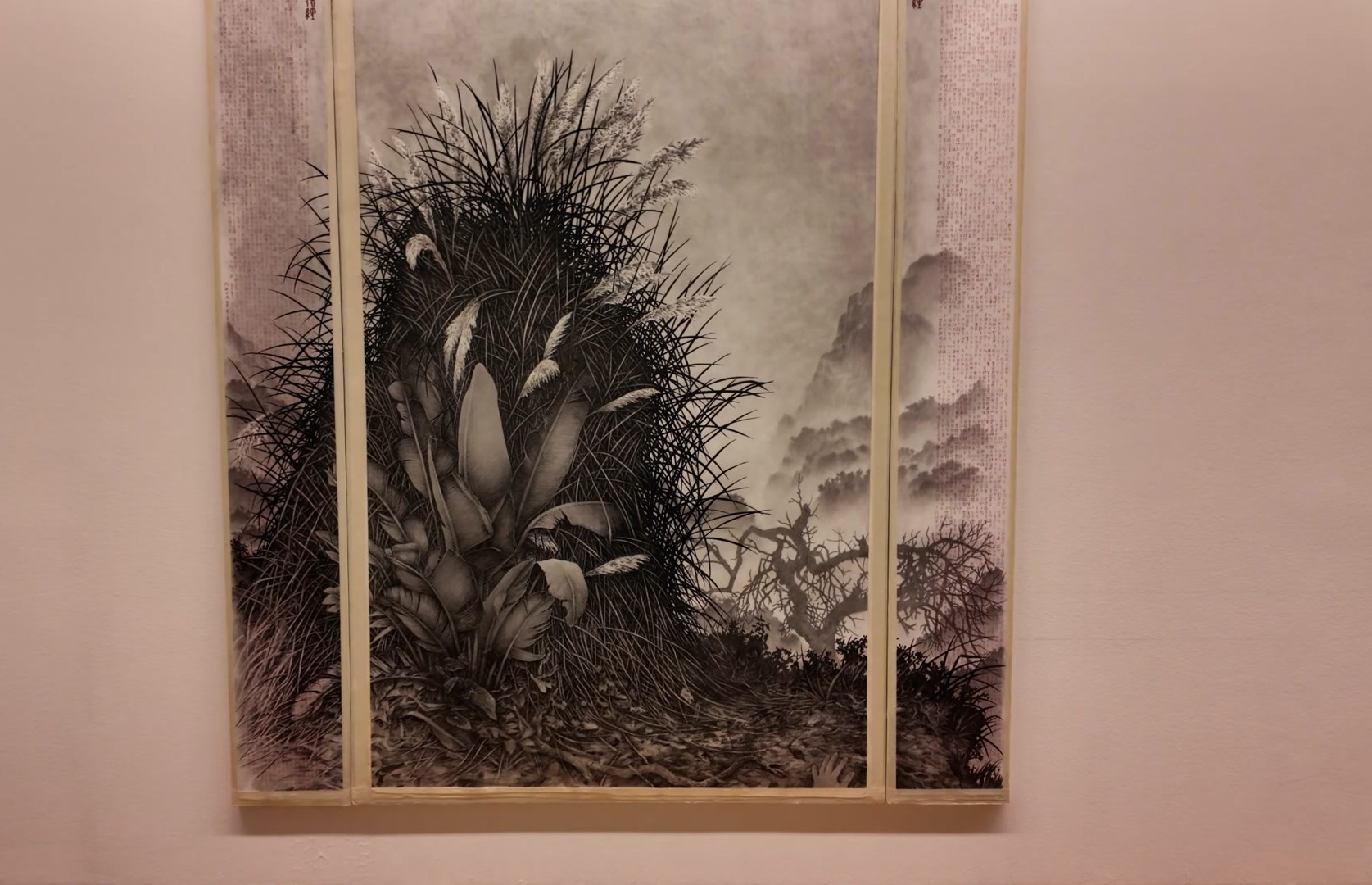
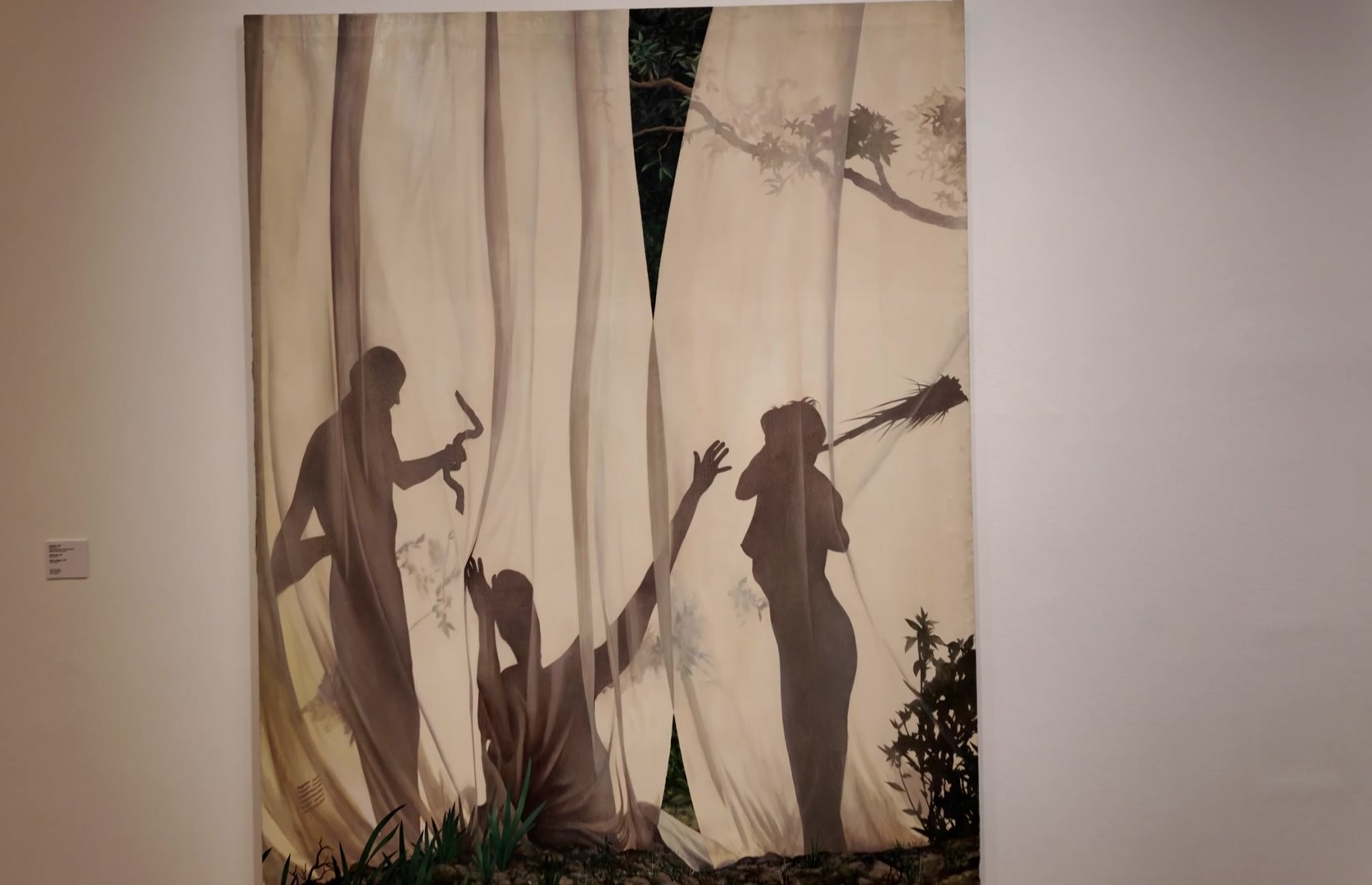

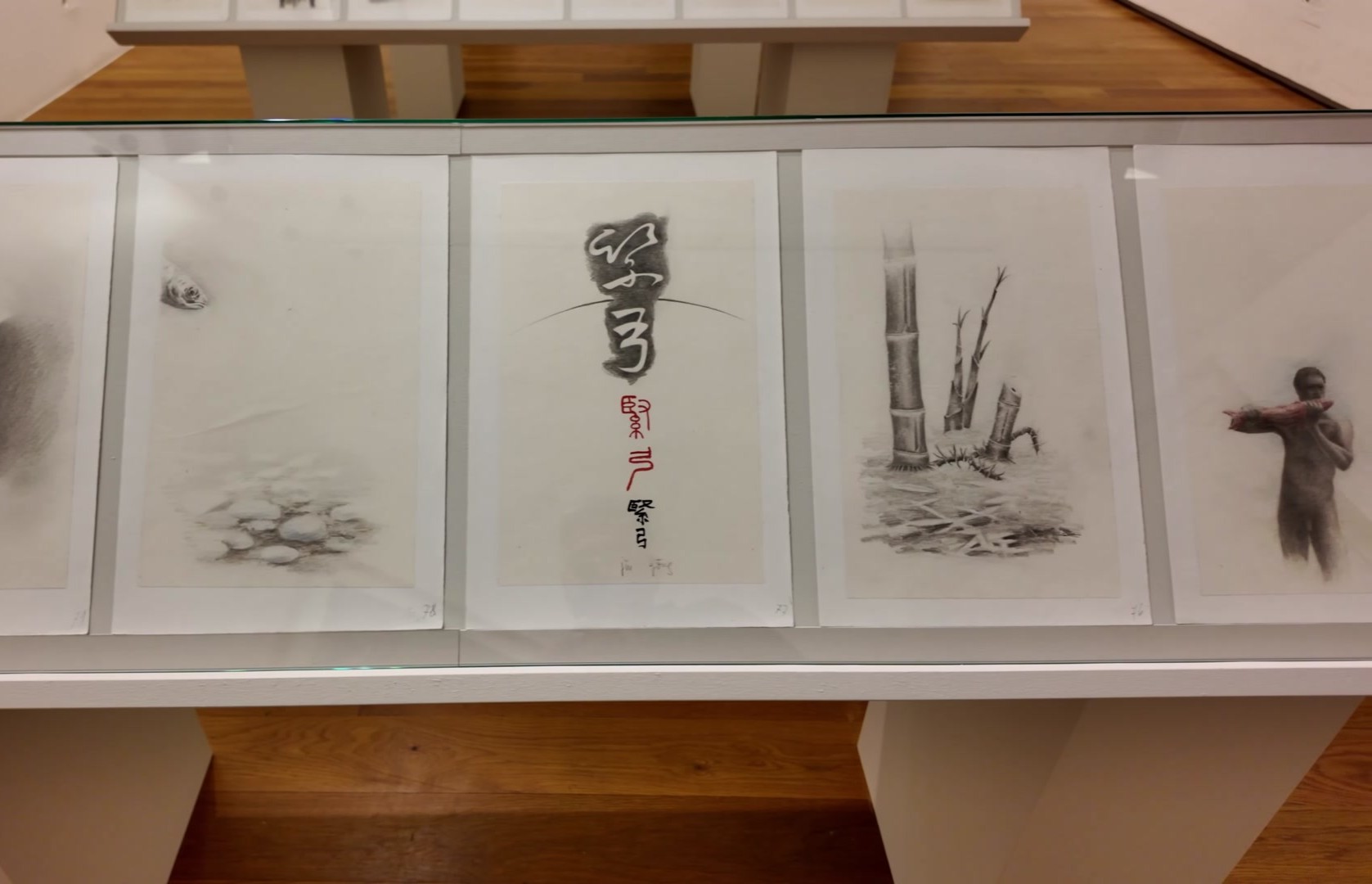
The second exhibition was dedicated to the Ergueta Movement, a feminist initiative founded in Galicia in 1985 by mothers of children addicted to drugs. They fought against drug trafficking and gradually evolved into a social movement.
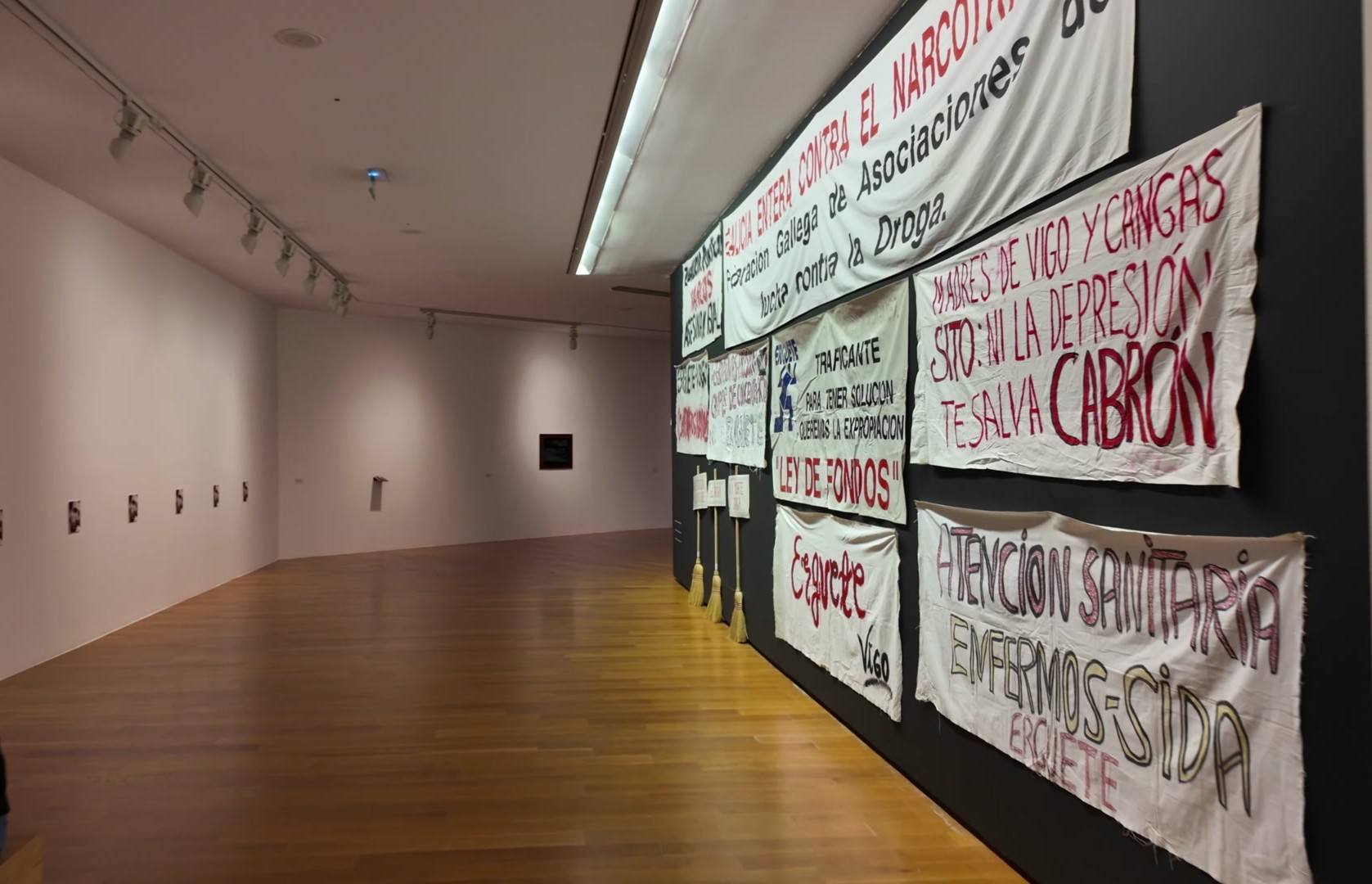




Downstairs, there were installations by Portuguese-German artist Susana Termlitz. Her sculptures and sound installations, made from various materials, were particularly impressive. The bamboo section, in particular, was impressive



My next stop was Vigo Cathedral. Although not very extravagant from the outside, you must step inside if you visit. Some of the icons inside are made with mosaics and they are stunningly beautiful. The golden glass mosaics shine brightly and the lighting is excellent. The mix of architectural styles also creates an intriguing atmosphere.




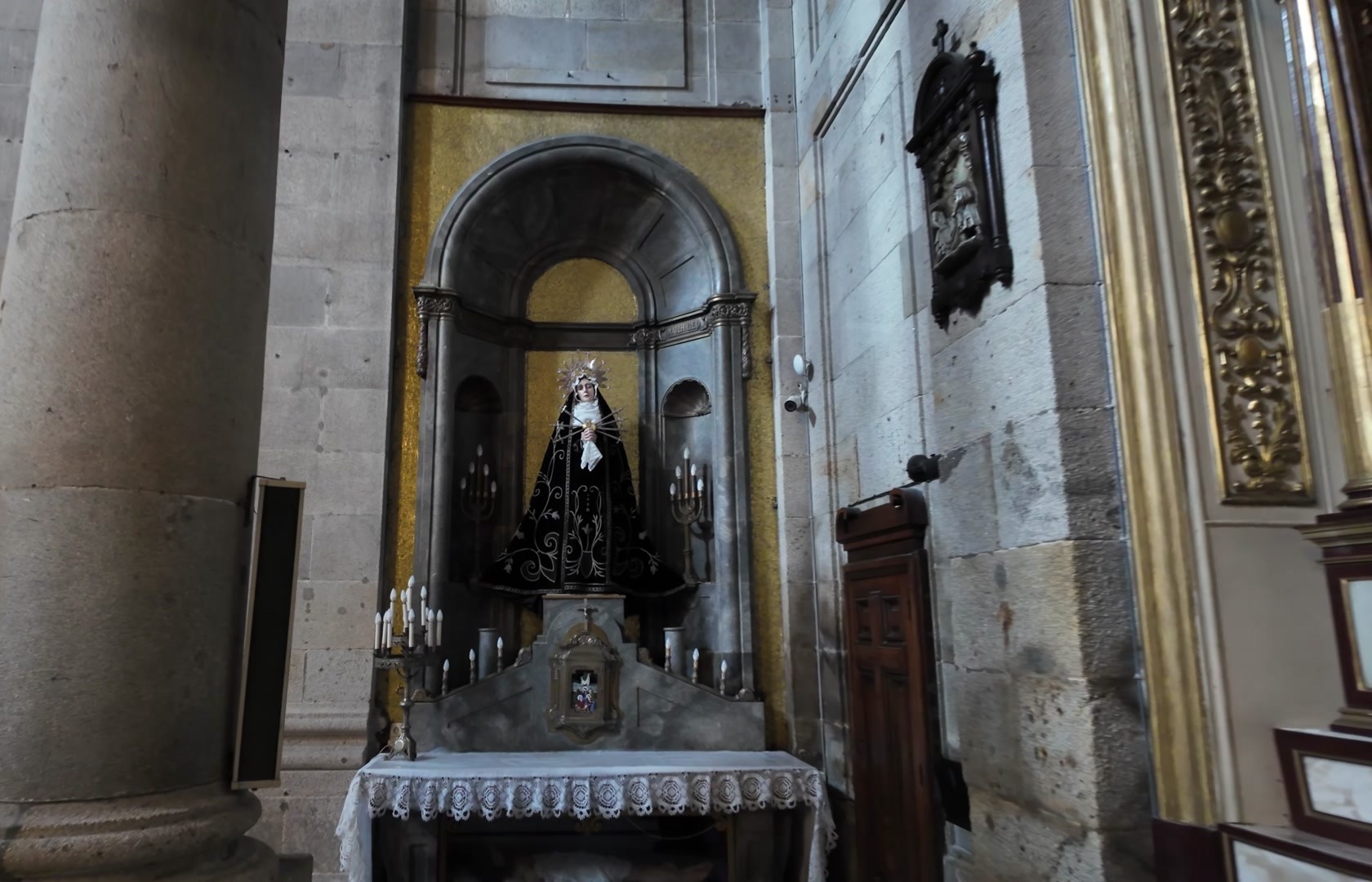

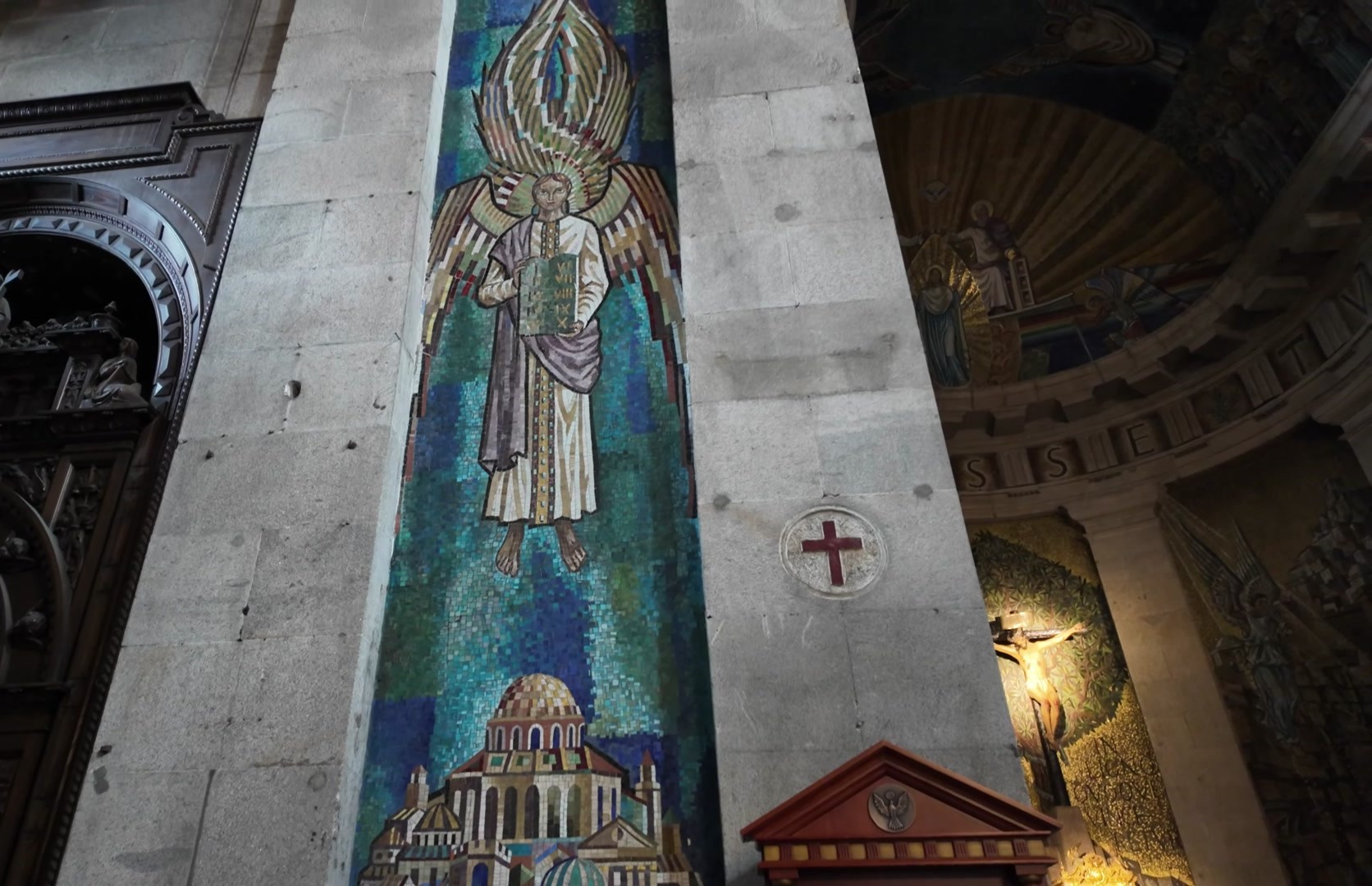
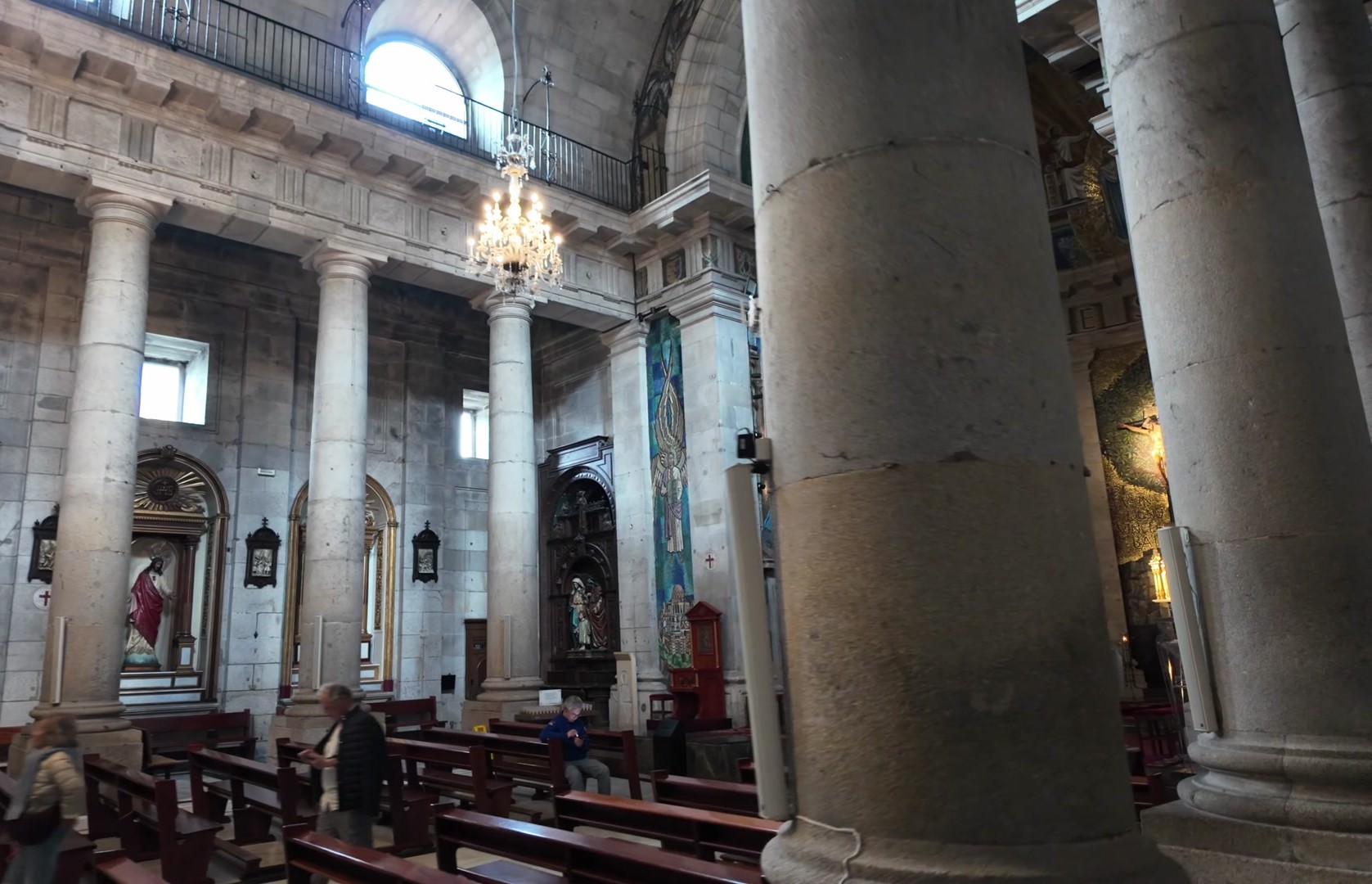

Tourist guides often recommend Pescadería (Fishermen’s Street), full of seafood restaurants. But I always like to suggest an alternative route. I visited a restaurant called Morofina. It’s about a 15-minute walk from the city center, near the train station. It’s listed in Michelin’s Bib Gourmand category, meaning creative and high-quality food at reasonable prices.

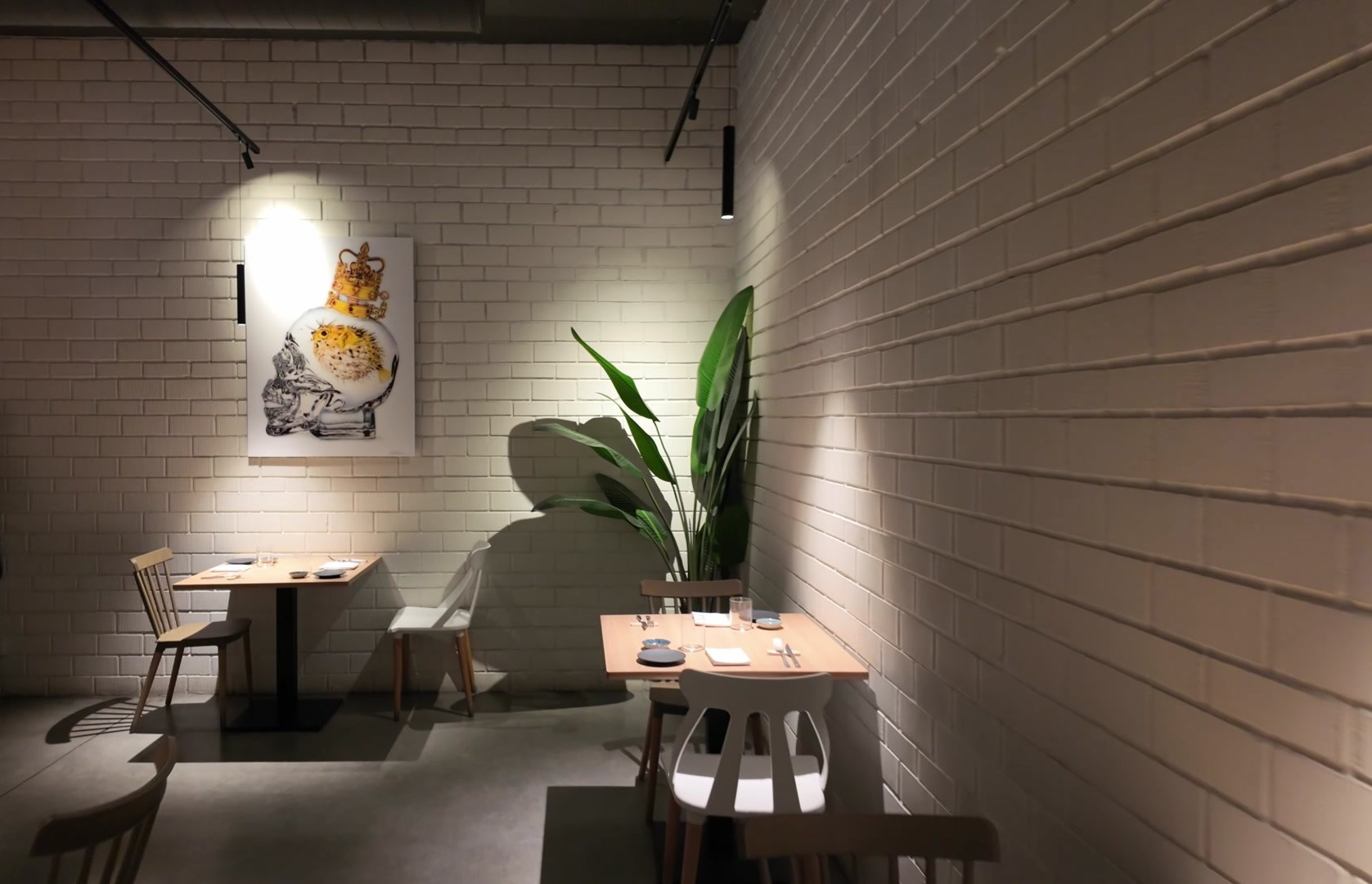
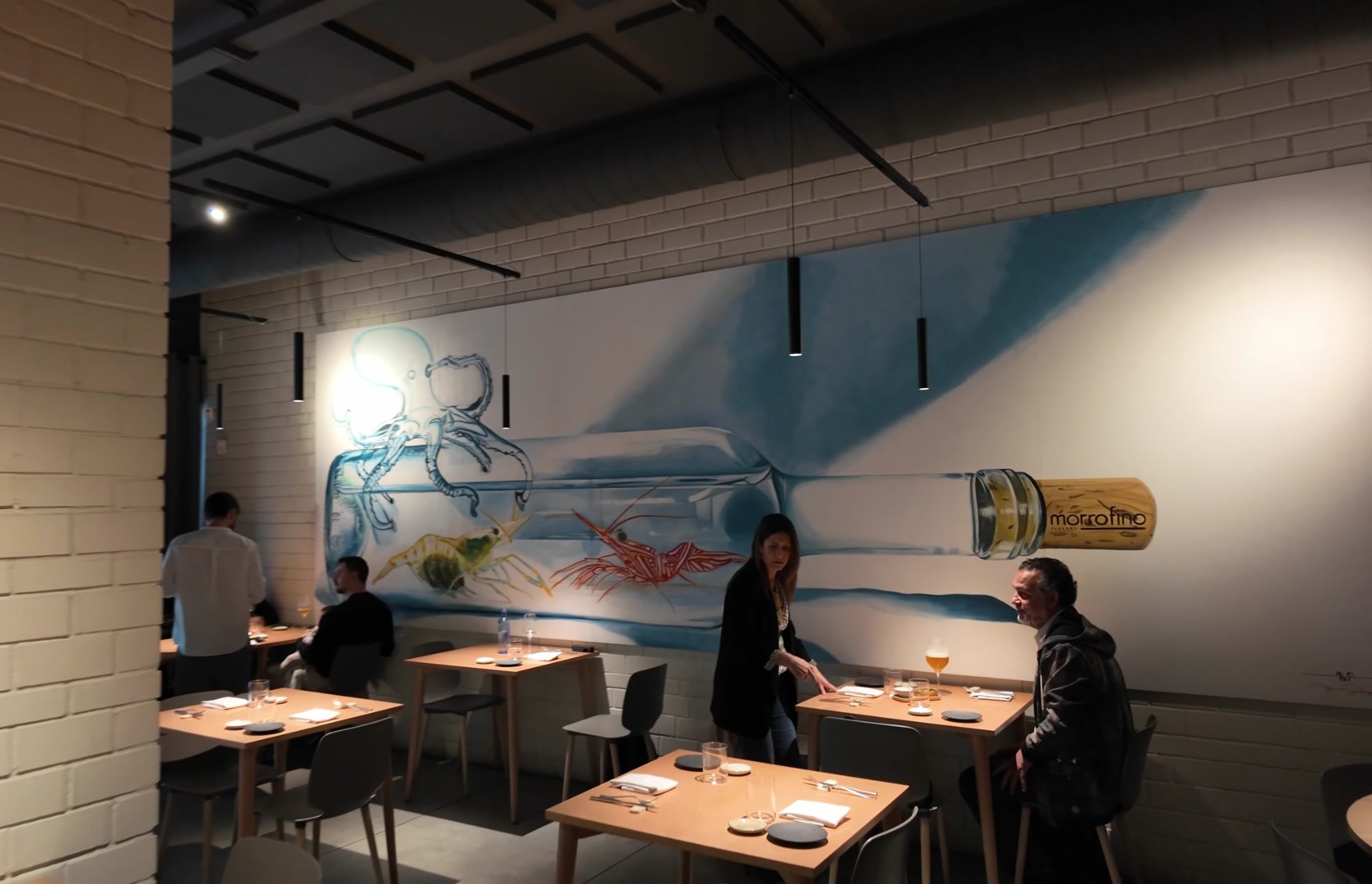
The tasting menu included: monkfish tartare on cheese crisps. Salmorejo soup with burrata, cherry tomatoes and for dessert a strawberry soup, yogurt, blood orange sorbet and a light unconventional flan. The whole experience was delightful, highly recommended.

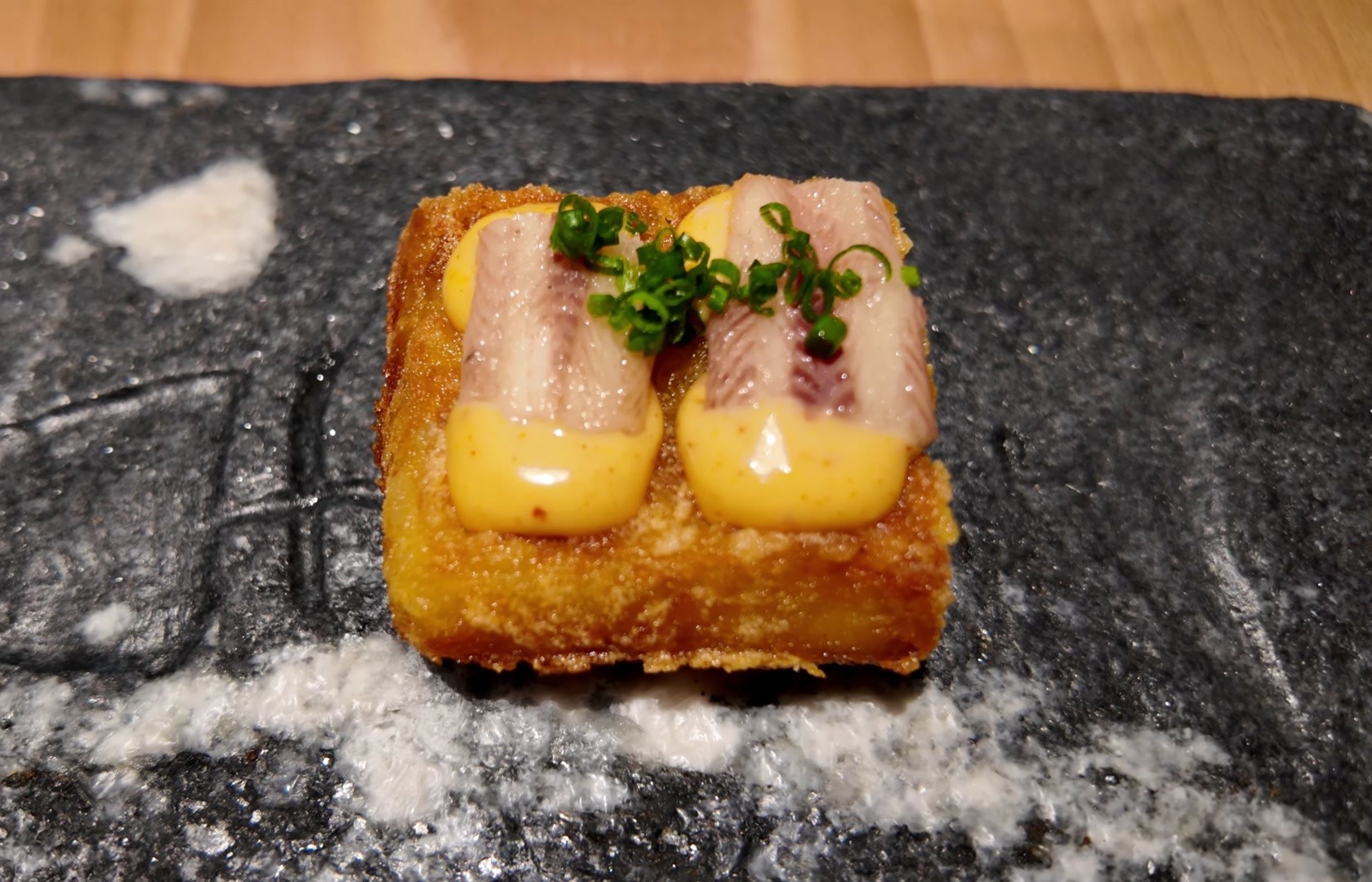

Later I visited a structure called Halo built in 2024. It’s an elevator system designed to help pedestrians move between the city’s different levels. It also serves as a viewing platform, perfect for enjoying modern Vigo's landscape. Its glass is frosted to soften the intense Galician sunlight. There’s also a shopping center inside.








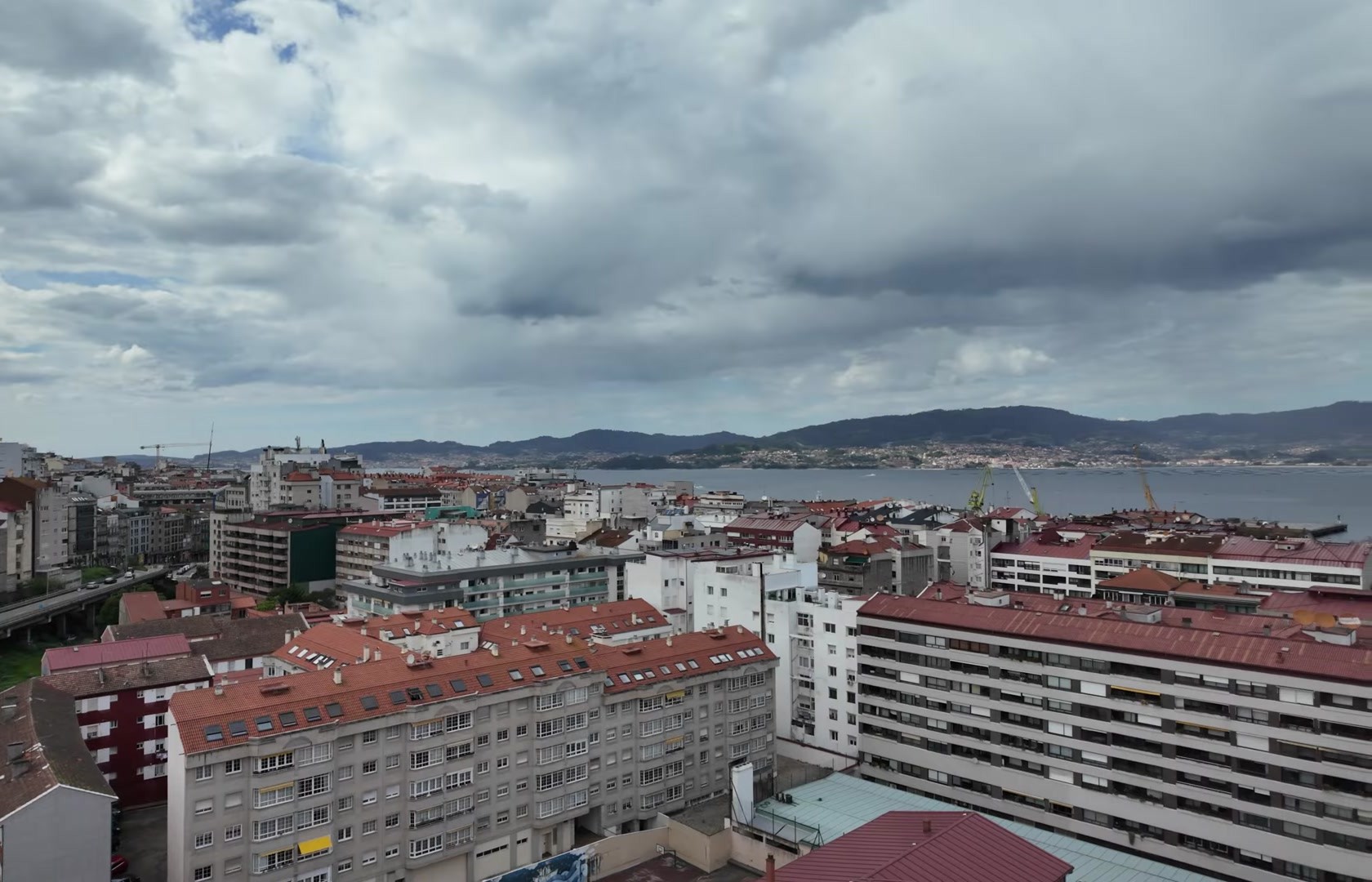
The city’s street sculptures are quite striking. One example is the statue of Manolo Castro, a newspaper vendor known for selling papers like a juggler. A piece of newspaper on his finger is missing due to vandalism.


Near the port, there are sculptures representing diving into the water without knowing the water. One depicts a diver crashing face-first into the sea. Another shows a family bidding farewell, perhaps a nod to the Ergueta movement, with a large group waving someone off at the port.
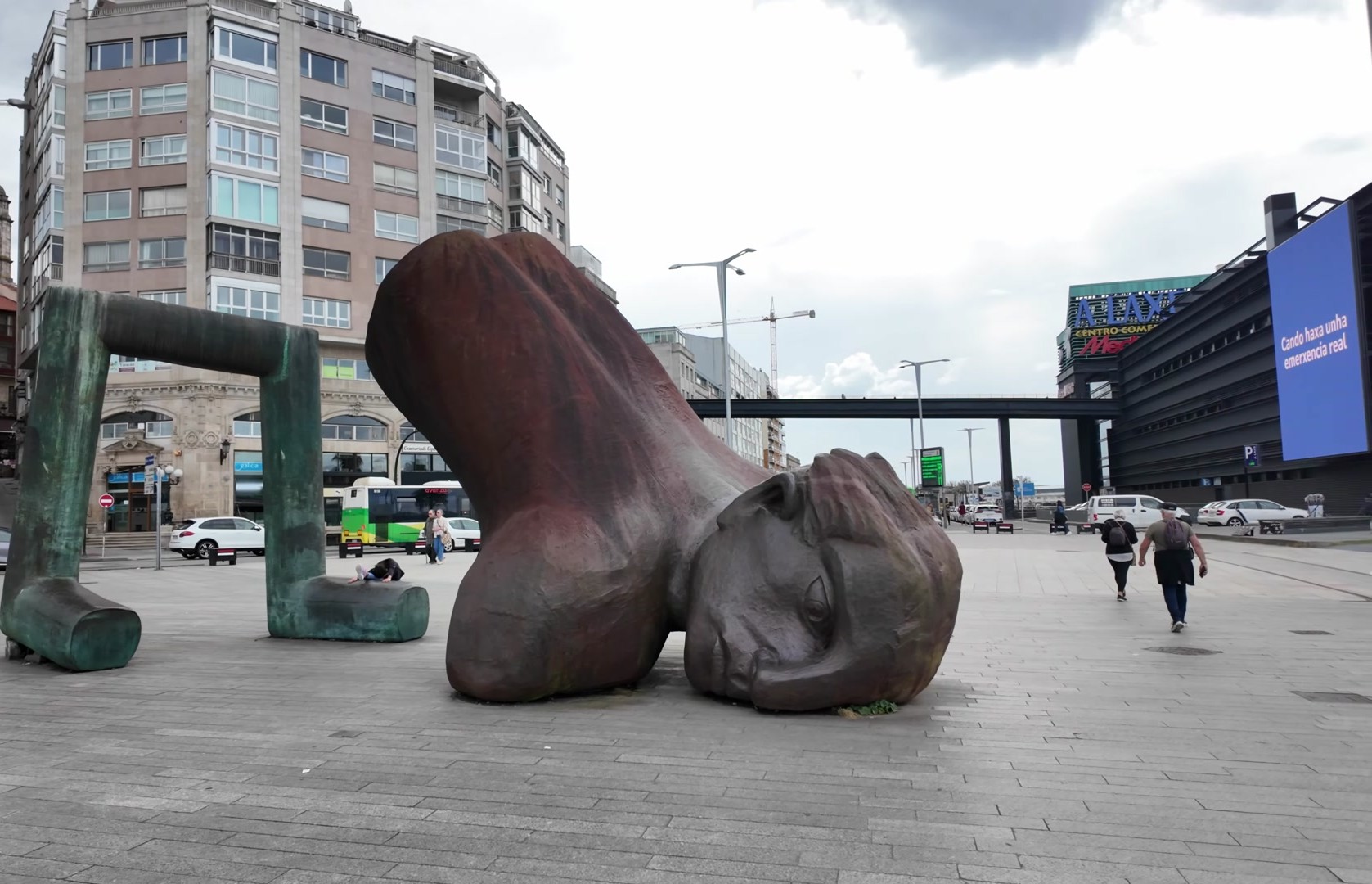
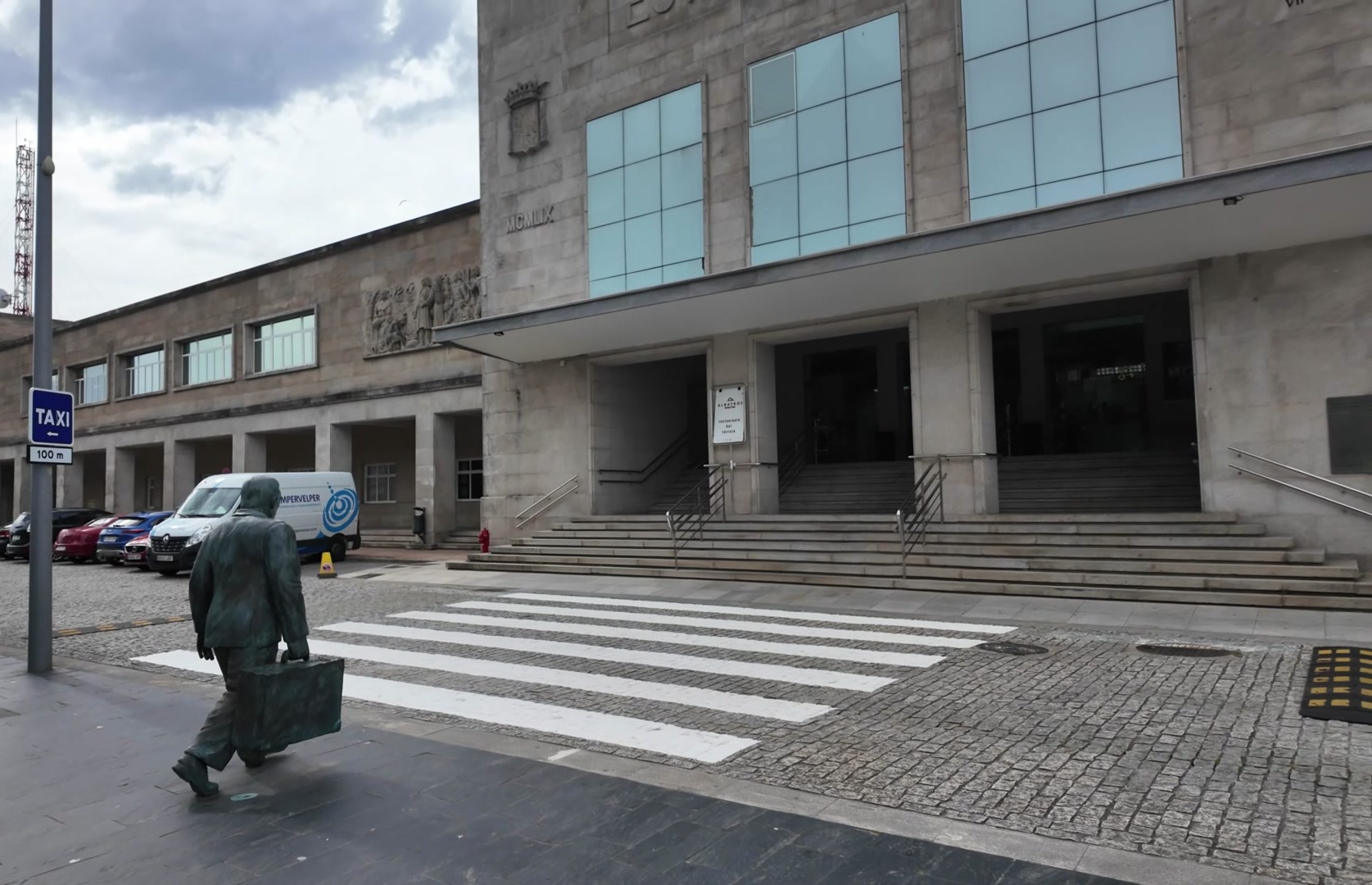



Despite the hills walking around the city is easy. Especially in the historic center, escalators help visitors climb the slopes. The shopping mall we passed on the way to the harbor had a huge viewing terrace. From there, you can see the Cíes Islands. Only a limited number of people are allowed to visit by ferry. We didn’t go, but if you do, please share your experience.

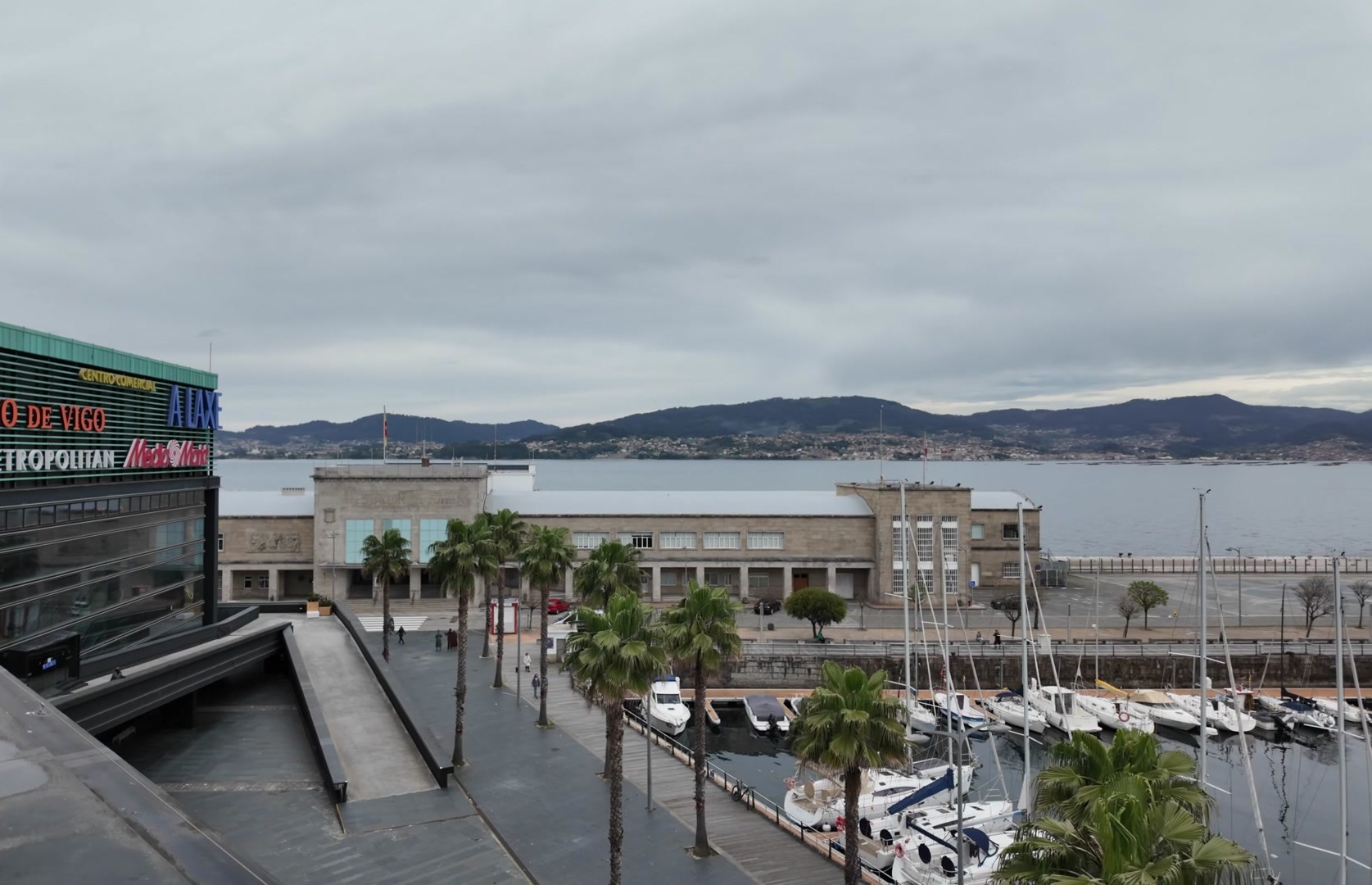
Our final stop was Mount Castro, which overlooks the city. There’s a fortress from the 15th century built to defend against the British during the Spanish-Portuguese wars. But the British and Dutch later took the fortress and even Napoleon’s troops held it briefly. So, not the most successful fortress. But the view is breathtaking.
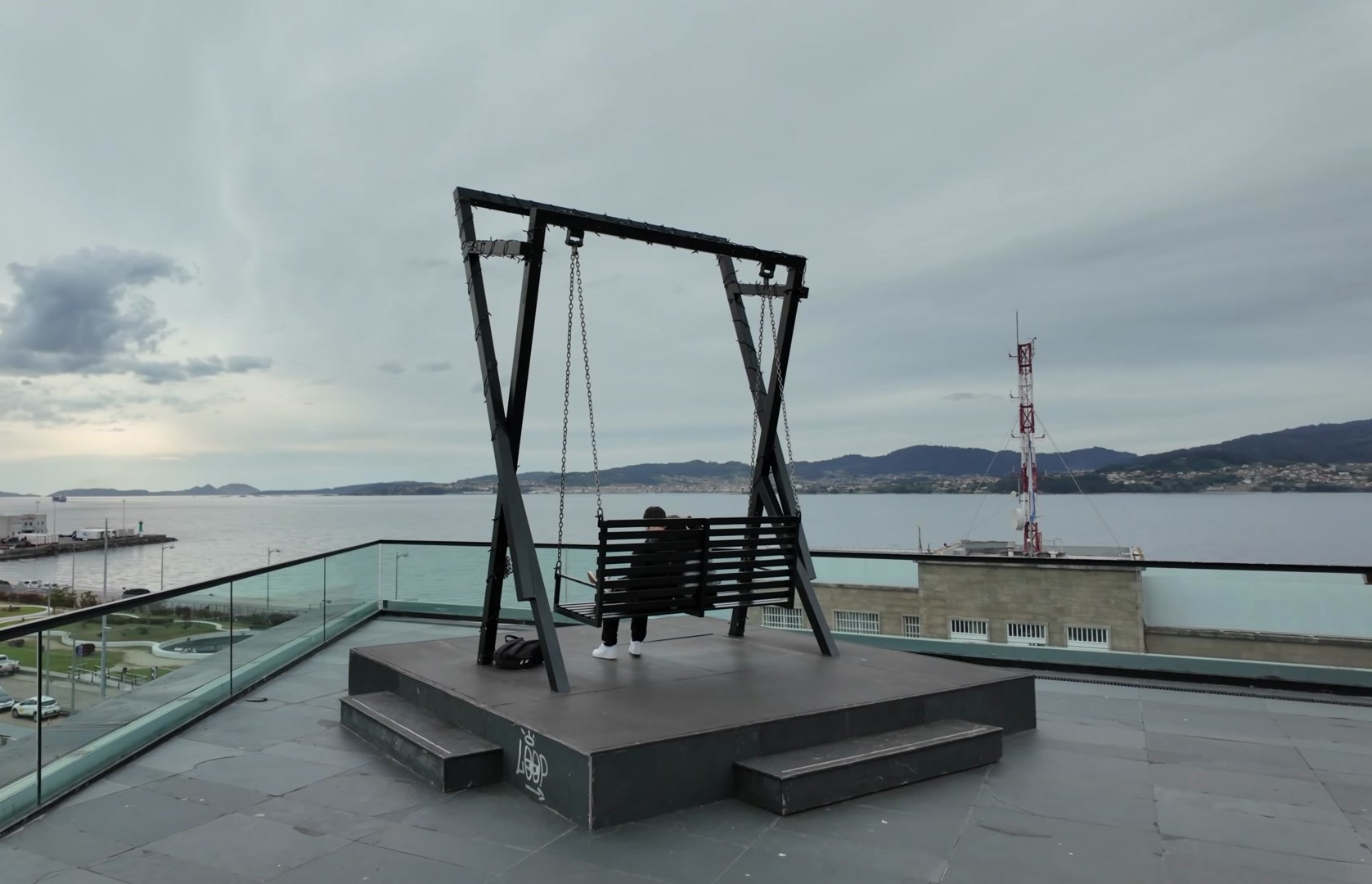



Right below is the Rande Galleon Monument, dedicated to the Spanish treasure ships sunk in this bay. The Rande Bridge also gets its name from this story. French writer Jules Verne visited Vigo and was told this tale, which inspired his novel 20.000 Leagues Under the Sea.







Galicia is also amazing in terms of botany and gastronomy. Camellia flowers bloom from February to April. I caught the very end of the season, but nature was still vibrant. Vigo is in the province of Pontevedra, part of the Rías Baixas region, home to some of Spain’s finest white wines.
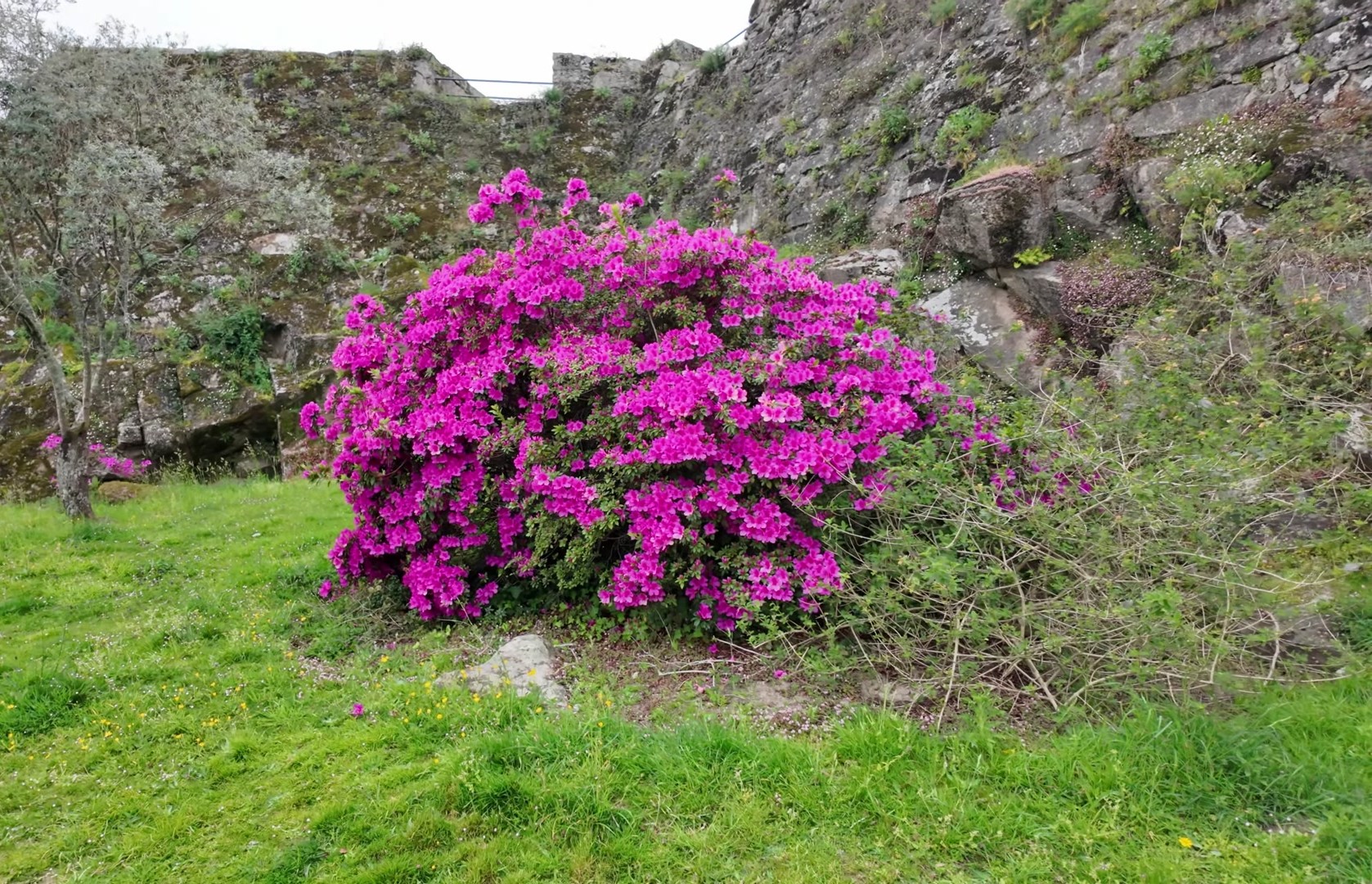

So, I say: watch the flowers, breathe in the nature and definitely try Galician cuisine. Pair it with a local glass of wine. In my next post, I’ll tell you about a different and more tragic part of Galicia: the Coast of Death.

See you soon!
You can check out this post and your own profile on the map. Be part of the Worldmappin Community and join our Discord Channel to get in touch with other travelers, ask questions or just be updated on our latest features.
!discovery shots
Top article @larissalugo friend!... Sending big applause! 👏
Thank you 🙌 Your support means a lot. I'm glad you enjoyed the article on Vigo
This post was shared and voted inside the discord by the curators team of Discovery-it in collaboration with Visual Shots community.
Discovery-it is also a Witness, vote for us here
Delegate to us for passive income. Check our 80% fee-back Program
Hiya, @ybanezkim26 here, just swinging by to let you know that this post made it into our Honorable Mentions in Travel Digest #2603.
Your post has been manually curated by the @worldmappin team. If you like what we're doing, please drop by to check out all the rest of today's great posts and consider supporting other authors like yourself and us so we can keep the project going!
Become part of our travel community:
Big thanks for the support and for sharing it with the community 😍
You are very welcome @larissalugo! it was well deserved. ☀️
We are already looking forward to reading more about your adventures!
wow, the city has a mix of centuries-old architecture and vibrant contemporary art.. Love the unique and interesting paintings in Marco, too...
I'm so glad you enjoyed the post.Vigo really is a gem 😍
the buildings here have high art. this is an expensive asset for a city
Thank you✨ You're absolutely right. The architectural beauty of Vigo is a priceless treasure